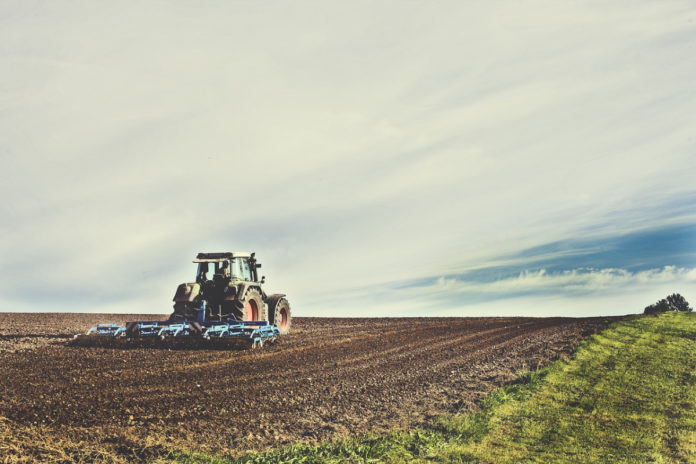Fertiliser nutrients are routinely applied by farmers to achieve high crop yields. The management of soil structural quality is potentially more important, writes Lilian O’Sullivan and Giulia Bondi, Teagasc Research Officers.
Spring is a critical time in the farming calendar, particularly in relation to the establishment and maintenance phase of cropping systems. This year, poor weather conditions have resulted in ground conditions that may be sensitive to damage, especially in terms of soil structural quality.
Soil structure
Soil compaction occurs when soil structure is damaged due to the physical degradation of the soil, which can result in production and environmental costs. Compacted soils impede root development which can reduce yields.
Equally, poor aeration can induce the loss of soil nitrogen and produce greenhouse gasses through denitrification in waterlogged sites.
While farmers routinely apply fertiliser nutrients to achieve high crop yields, the management of soil structural quality is potentially more important for achieving effective plant rooting, nutrient and water cycling and plant disease prevention.
The importance of monitoring and maintaining soil structure should not be underestimated. The compaction process is largely driven by the force associated with mechanised agriculture or by the passage (poaching) of animals. Therefore, land management practices are the key to mitigating compaction.
Trafficking Intensity Index for Soil compaction:
A trafficking intensity index for soil compaction management in grasslands indicates that machinery trafficking pressure exerts a high influence on soil structural quality. Grazing management represents a lower risk for soil compaction.
Well-drained soils are more resilient to compaction and have a high capacity to support primary production once balanced nutrition is supplied. In contrast, poorly drained soils are more prone to structural compaction and need to be carefully managed.
In general, heavy machinery and livestock traffic should be avoided on wet soils where soil structure is weaker and more prone to damage.
The following are some key considerations to minimise agricultural soil structural damage:
- Frequency: keep vehicle passes per management practice to a minimum;
- Timing: time operations to appropriate soil moisture conditions to minimise damage;
- Weights: lighten the load! Stick to tramlines or straight passes and avoid trafficking the entire field. Higher axle loads can decrease soil porosity. Lower tyre pressure, increased tyre width or dual tyre system help decrease or redistribute pressure. In terms of grazing pressure, lower stocking densities or strip grazing can help minimise impacts.
Prevention is better than cure: monitoring soil structural quality
Moderate soil compaction should be allowed to recover naturally over time by avoiding management which may damage it further. In Ireland, the wet climate limits the potential of sub-soiling to relieve compaction; hence prevention is definitely better than cure.
Soil organic matter build-up is important to enhance soil resilience as it glues soil particles together creating a sponge-like effect, helping to resist compaction.
The Soil Quality Research Group at Teagasc Johnstown Castle has developed several methods to visually evaluate soil structural quality in grasslands and tillage systems.
“GrassVESS” for grassland and “Double spade” for arable systems are cheap, easy to use methods to get an immediate estimation of structural quality. The test should be carried out across different locations within a field to identify areas where issues may exist.
This will help determine whether your management is having a negative impact and where. Identifying the damage is the first step towards fixing the problem.





